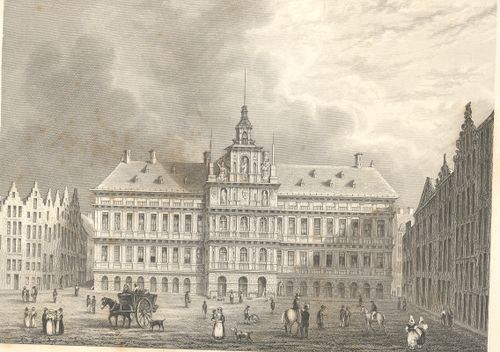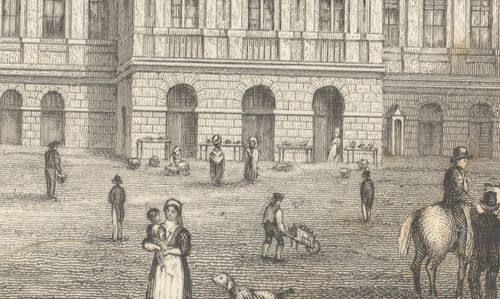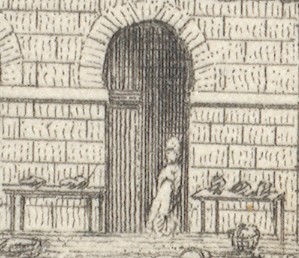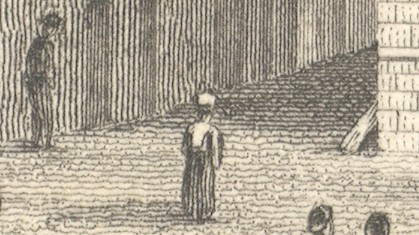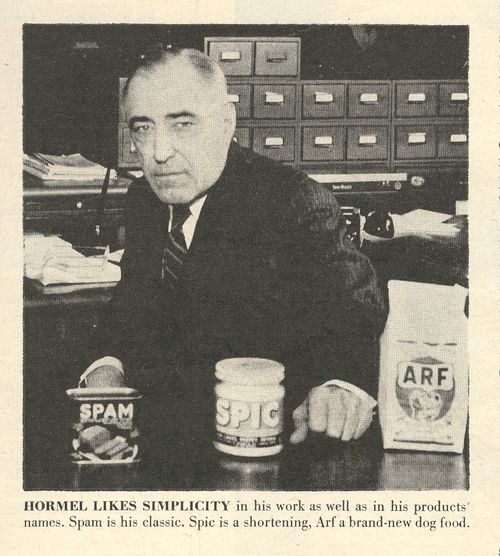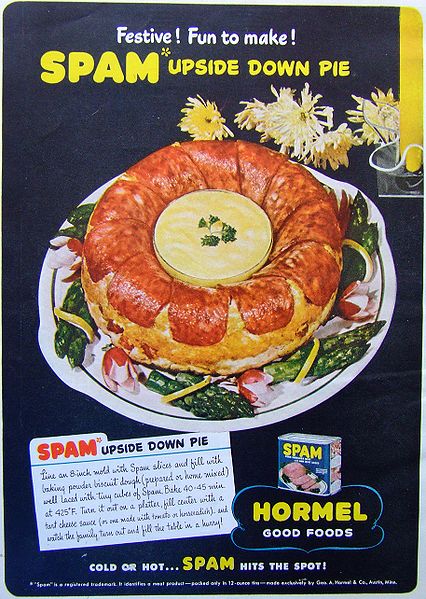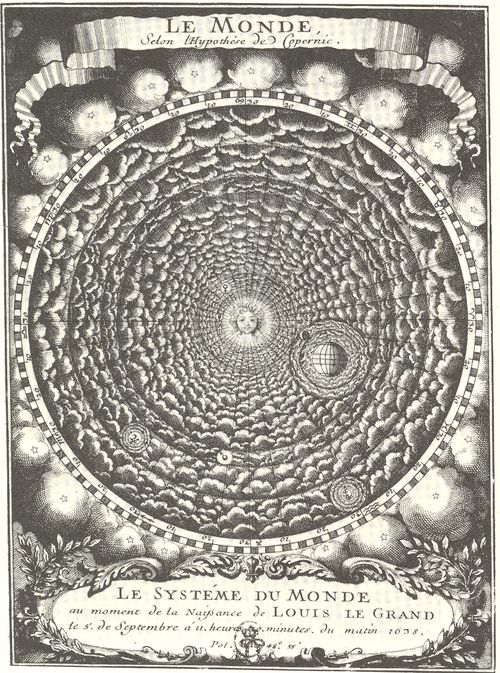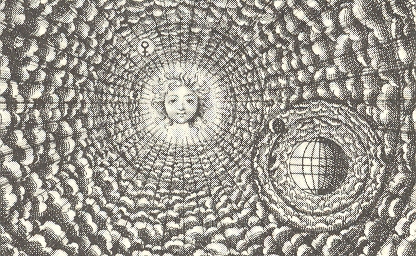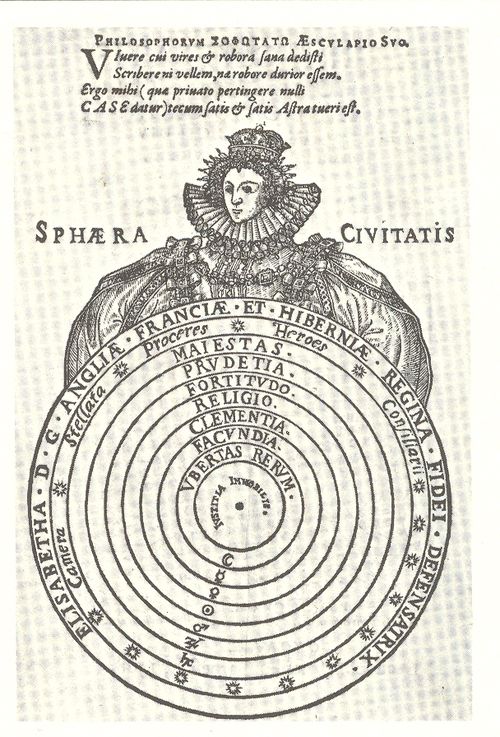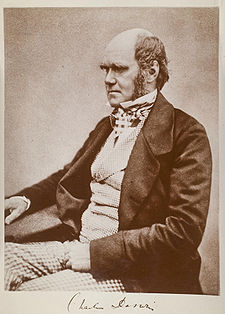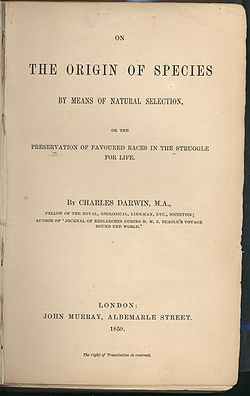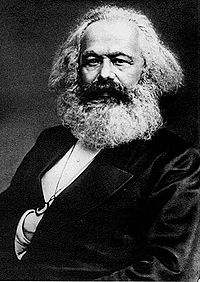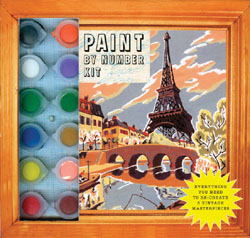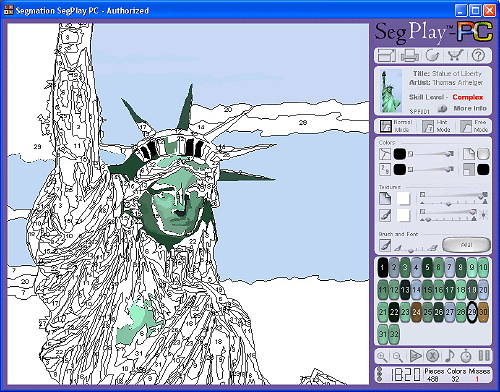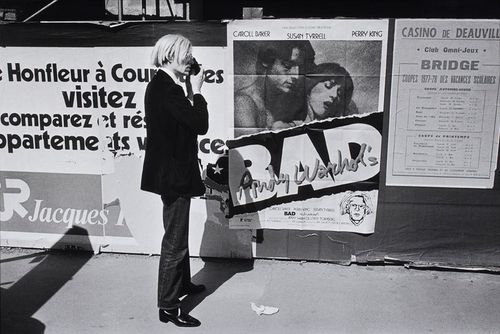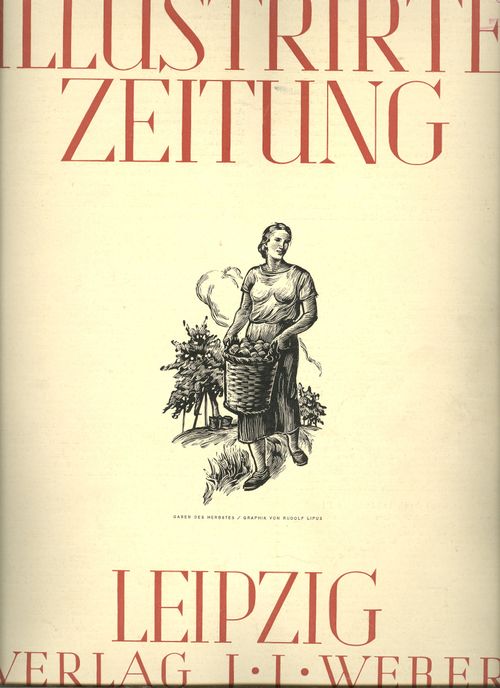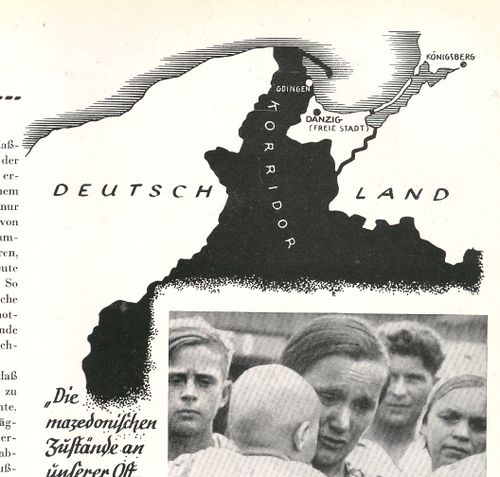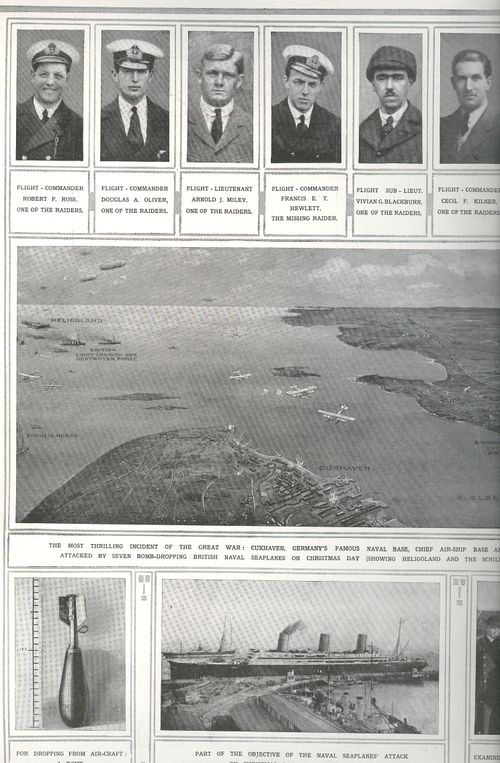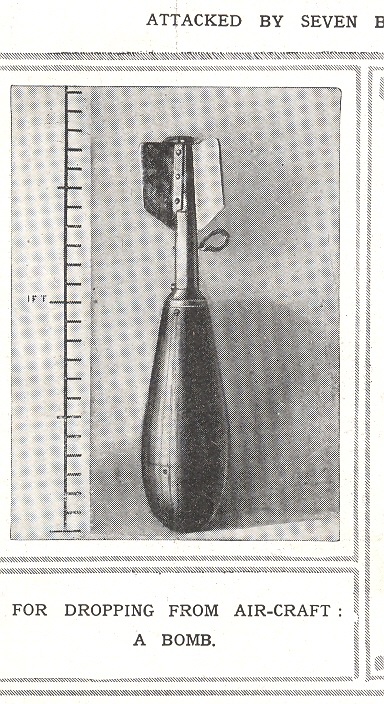JF Ptak Science Books LLC Post 738 Blog Bookstore
I came across another fantastic part of the Library of Congress site: The Life of the City, Early Films of NewYork, 1896-1906. I've quoted liberally from the descriptions of the films, and also provided a chronological listig of many of the films that are found at the site. They are spectacular things, like pieces of eidetic memories, offering wide swaths of minuate detail in corners of pockets of life from a hundred years ago.
NOTE: To view the films just follow the link and click on the MPEG format for best viewing.
NYC Garbage Dumping Scene 1903

Yes, this is what people did when they worked, not so long ago, when thousands and thousands of people worked at making The City go--in the streets picking pulling pushing prying pumping preening polishing purging. What grabs me are the three workers working beneath the horse-drawn carriages, working on the barges, spreading around the waste. The topsiders dump their cargo, letting it fall twenty feet or so, landing very closely to the men below. It seems like an unending process
From the LC site:
"The film shows a wharf where a barge is being loaded with trash from
two-wheeled, horse-drawn wagons. The trash is dumped off the edge of the pier
onto the barge, where men with shovels are spreading the piles of debris. The
camera pans left to the next barge, where four-wheeled carts are shown dumping
excavation rubble. Probably filmed on the East River,
this is one of several New York City Sanitation Department dumping wharves in
operation at the time."
"Ghetto" Fish Market

I love what the kids do when they see this camera--they pretty much uniformly stand still, their fingertips pressed together in wonder and worry, and stare at the strange goings-on fifteen feet above the crowd. At one point three officials stroll through the crowds, coming in at top right; they are very sharp eyed, and the one guy at the end of these three looks like every other guy who has played a corrupt NYC official in every other movie made before WWII.
"The view, photographed from an elevated camera position, looks down on
a very crowded New York City street market. Rows of pushcarts and
street vendors' vehicles can be seen. The precise location is difficult
to ascertain, but it is certainly on the Lower East Side, probably on
or near Hester Street, which at the turn of the century was the center
of commerce for New York's Jewish ghetto. Located south of Houston
Street and east of the Bowery, the ghetto population was predominantly
Russian, but included immigrants from Austria, Germany, Rumania and
Turkey. According to a description in a 1901 newspaper, an estimated
1,500 pushcart peddlers were licensed to sell wares (primarily fish) in
the vicinity of Hester Street. At one point the film seems to follow
three official looking men (one in a uniform) as they walk among the
crowd. They may be New York City health inspectors, who apparently
monitored the fish vendors closely."
NYC Waterfront

From the LOC site:
"Filmed from a moving boat, the film depicts the
Hudson River (i.e., North River) shoreline and the piers of lower
Manhattan beginning around Fulton Street and extending to Castle Garden
and Battery Park. It begins at one of the American Line piers (Pier 14
or 15, opposite Fulton Street) where an American Line steamer, either
the "New York" or "Paris," is seen docked [Frame: 0120]. The camera
passes one of the Manhattan-to-New Jersey commuter ferries to Jersey
City or Communipaw [0860]. Proceeding south, the distinct double towers
of the Park Row, or Syndicate Building, erected in 1897-98, can be seen
in the background [0866]. A coastal freighter is next [1560], then
Trinity Church appears, to the left of which can be seen the Surety
Building, as a tug with a "C" on the stack passes in foreground [2032].
Several small steamboats come into view [2136], and the B.T. Babbitt
Soap factory at Pier 6 is seen [2300], followed by the Pennsylvania
Railroad piers (#5 & #4), with a group of docked railroad car
floats [2556], and the Lehigh Valley Railroad piers (#3 & #2), also
with car floats [3030]. Next are the Bowling Green Building
(rectangular, with facade to camera) [3208], the Whitehall Building
(vertical, thin side to camera) [3388], followed by Pennsylvania
Railroad Pier #1 [3630]. Pier A (with a clock tower) is seen with the
New York Harbor Police steam boat "Patrol" at its end [4654]. The
Bowling Green Offices and the Produce Exchange at Bowling Green are
visible in the background. The breakwater (sheltered landing) and the
New York City Fireboat House appears [5270] and the distinctive round
structure, Castle Garden, once a fort and immigrant station, but at the
time of filming the City Aquarium, comes into view [5438]. The camera
then pans east along the Battery Park promenade: the Barge Office (with
tower) is visible in the distance [5804], and further out the Brooklyn
shoreline with the grain elevators at Atlantic Avenue can be seen
[6088]. This view is continued, with only a minor break in continuity,
in the film Panorama of Sky Scrapers and Brooklyn Bridge From the East
River. Together they comprise a sweep around the southern tip of
Manhattan, from Fulton Street on the Hudson to the Brooklyn Bridge."
Brooklyn Bridge to the Battery, waterfront

Another beautiful water-side continuous panorama, from just above the Brooklyn Bridge to the battery.
From the LOC site: "This film depicts the East River shoreline and the piers of lower
Manhattan starting at about Pier 5 (the New York Central Pier) opposite
Broad Street, and extending to the Mallory Line steamship piers just
south of Fulton Street and the Brooklyn Bridge. The film begins with
shots of canal boats or barges (from the Erie Canal via the Hudson
River) docked at and around Coenties Slip [Frame: 0106]. As the film
progresses, the New York Produce Exchange located at Bowling Green,
Manhattan, with its distinct tower, comes into view in the background
[0346]. Between here and the Wall Street ferry, there follows in order
of appearance: steam tugs [0308 and 0422], a wooden hull barkentine
[1032] with box barges alongside, a docked iron hull sailing ship,
probably British [1448], an ocean steamer with yards on the foremast
[1748], a derrick lighter laden with barrels docked at the end of a
pier [2134], and a fruit steamer [2612]. In the Wall Street Ferry slip
(between Piers 15 and 16) there is a Wall St., Manhattan-to-Montague
St., Brooklyn, double-ended steam commuter boat [2896]. The ferry is
visible immediately before a shot of the large advertising billboards
on Pier 16. The film next shows the Ward Line piers (J.E. Ward &
Co., New York and Cuba Steamship Co.) [3040], a Pennsylvania Railroad
tug [3190], a derrick lighter [3320], and the Mallory Line piers
[3692]. A Mallory Line steamer can be seen on the south side of one of
the Mallory Piers [3736]. The camera begins panning out into the East
River after passing pier 20, catching the fog bell at the end of pier
21 [3922]. A car float is visible passing under the Brooklyn Bridge
[4202]. The pan follows the line of the Brooklyn Bridge eastward to
Brooklyn Heights, where the Hotel Margaret (tall building in
background) is visible just before the end of the film [4464]. This
film continues the view begun in the film Sky Scrapers of New York City
From the North River. Together they comprise a sweep around the
southern tip of Manhattan, from Fulton Street on the Hudson to the
Brooklyn Bridge."
Immigrants Arriving at Ellis Island 1903

Here comes everyone, from everywhere, emerging from a ferry, delivering immigrants from Manhattan to Ellis Island, where the process of the beginning of the rest of the lives of all these people began. Between 1892 and 1954 some 12.5 million people were processed into the U.S. through Ellis, and in the early days, say 1892-1920, most of them looked just like these folks--the grandparents and great-grandparents of a quarter of the country.
From the LOC site: "The film opens with a view of the steam ferryboat "William Myers,"
laden with passengers, approaching a dock at the Ellis Island
Immigration Station. The vessel is docked, the gangway is placed, and
the immigrant passengers are seen coming up the gangway and onto the
dock, where they cross in front of the camera."
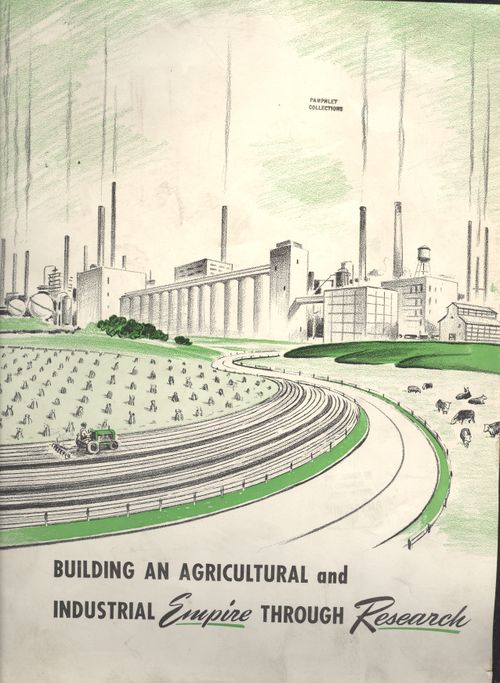 here is pure smokestack-encrusted
agribusiness. The simple farmer on his
tractor makes his slow way through his high-bound and gross techno skyline—of course
the visual message implies that the family farm would be aided by “research”,
but it also opens the door wide into the future to what the American farm would
become. The family farm would be
absorbed by the skyline of major business:
at the time when this pamphlet was published some 22% of the American population
was directly involved in farming; by 2002 that figure had genocidally dropped
to about 1.5%. The small, independent farms
had been replaced by global conglomerates who are centralizing food production,
controlling the distribution of fertilizer and seeds, causing massive soil
erosion, destroying aquifers, depleting the soil, polluting with toxic
chemicals, and on and on.
here is pure smokestack-encrusted
agribusiness. The simple farmer on his
tractor makes his slow way through his high-bound and gross techno skyline—of course
the visual message implies that the family farm would be aided by “research”,
but it also opens the door wide into the future to what the American farm would
become. The family farm would be
absorbed by the skyline of major business:
at the time when this pamphlet was published some 22% of the American population
was directly involved in farming; by 2002 that figure had genocidally dropped
to about 1.5%. The small, independent farms
had been replaced by global conglomerates who are centralizing food production,
controlling the distribution of fertilizer and seeds, causing massive soil
erosion, destroying aquifers, depleting the soil, polluting with toxic
chemicals, and on and on. 


